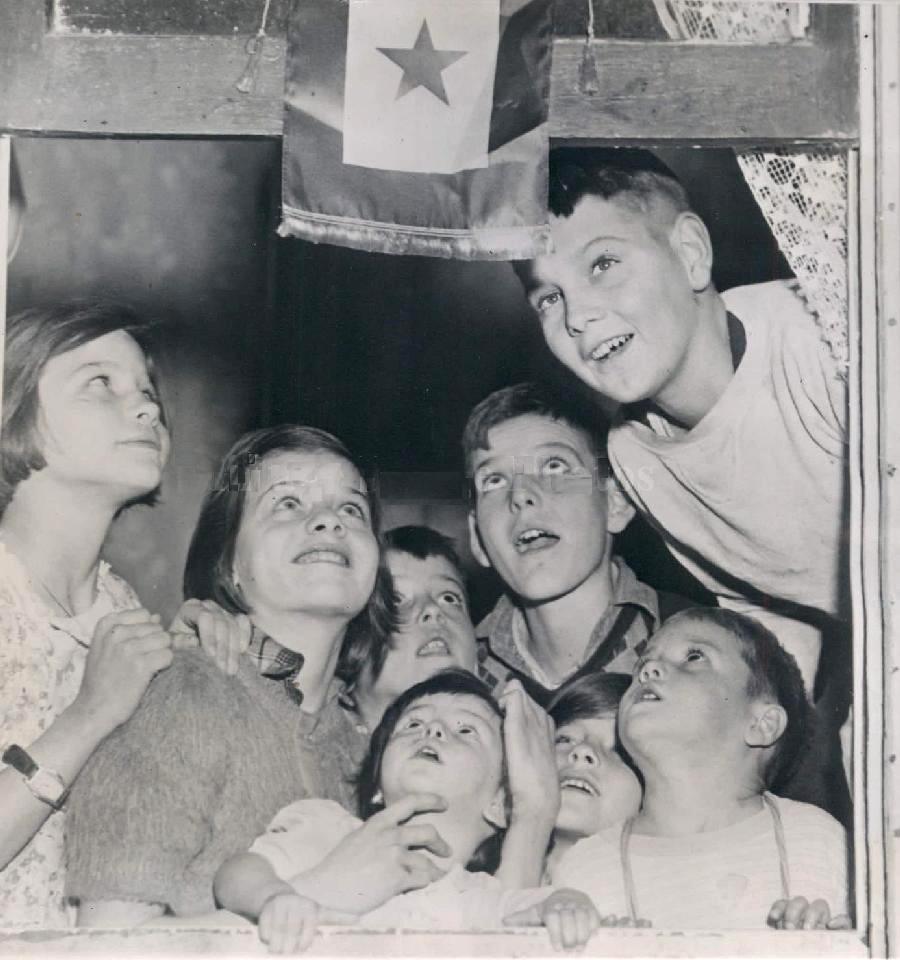
Figure 1.-- Families of service men were entitled to display a service flag or banner, usually placed in the front wibdow. This was a tradition began in World War I. The banners had a wide red norder with an interior white field with blue stars for each active duty serviceman. A gold star meant that a family member had been killed on active duty. This gave rise to the term 'Gold Star Mothers'. Here is an example from Circleville, Ohio. The press caption read, "Light Root for Dad's Return: Clarence Allison, 35. just inducted into the Navy and stationed at Great Lakes Naval Training Center, Chicago, has aot of cheering from the sidelines. t comes from these eight children he left behind proudly looking at that service star. They are, left to rightin rear: Doris, 9; Ruth, 10; Paul, 8; Charles, 12; and Richard, 13. The three little tykes in front are Judy, 1; Caroline, 6, and Gerald, 4." The photograph was taken November 17, 1943. |

